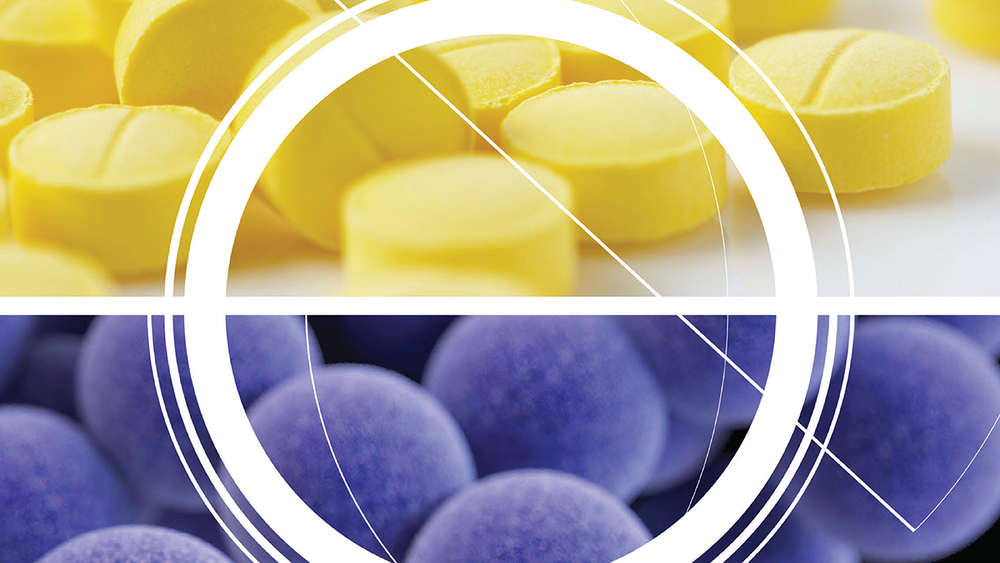Resisting the Resistance
The drug-resistance crisis is becoming an increasing burden to healthcare systems – could rapid phenotypic testing help?
When COVID-19 turned the world upside down, we were already on a troubling trajectory with drug-resistant superbugs – but the pandemic spurred doctors around the world to prescribe more broad-spectrum antibiotics to prevent and treat secondary bacterial infections, accelerating the potential for resistance. The long-term solution to this growing problem goes well beyond developing new antibiotics; what the global healthcare community desperately needs is access to rapid, reliable data about each patient’s infection to guide antibiotic treatment and other clinical care decisions. Ultimately, this approach could allow healthcare teams to rein in the unnecessary use of broad-spectrum antibiotics and help reverse the drug-resistance trajectory.
This concept would require profiling each pathogen’s antibiotic susceptibility to rule out treatments – or, more importantly, rule in targeted options. However, current tests cannot provide comprehensive antibiotic susceptibility profiles rapidly enough to guide initial antibiotic selection. Culture-based tests provide the necessary data, but can take days to return results; genotypic tests are much faster, but do not provide definitive guidance about which antibiotics will work.
The need is clear – a test that offers phenotypic results at the speed of a rapid genotypic test. Ideally, a rapid phenotypic test would, like culture-based methods, expose the collected pathogen(s) to a variety of antibiotics and measure response to guide patient-specific treatment selection.
The crisis at hand
The rise of drug-resistant superbugs is no secret in healthcare – but just how bad is it? According to a recent analysis, in 2019 alone, 1.27 million deaths were attributable to drug-resistant bacteria (1). And even before COVID-19, experts believed this would rise significantly in the coming years (2). The crisis is largely fueled by standard treatment protocols in hospitals; because there is no commercially available test that can identify the bacterial strain and profile its antibiotic susceptibility within a few hours, physicians often prescribe a cocktail of broad-spectrum antibiotics to patients with a presumed bacterial infection.
Resistance to key drugs used for empiric treatment in hospitalized patients has also been creeping up, and recent studies indicate that a large proportion of all antibiotic treatment decisions in the hospital are either incorrect or inappropriate (3). It’s also becoming more common to find superbugs that are resistant to all available classes of antibiotics. Scientists are well aware of the need to develop new antibiotics as a solution but, though new options would be helpful for a time, they would not address the root cause of the issue. We must curb unnecessary antibiotics use to conserve the effectiveness of the treatments we have today and give future treatments a better chance of remaining effective.
The testing gap
Many physicians would use narrow-spectrum antibiotics if they were confident of their efficacy – but that requires rapid, reliable diagnostics to demonstrate which treatments would be effective for each patient. Today’s tests cannot meet this need. With turnaround times of days or more, culture-based testing is often only useful for auditing treatments patients are already taking. Meanwhile, studies have shown that critically ill patients with drug-resistant infections are significantly more likely to die with even a 24-hour delay in receiving effective antibiotics (4).
Rapid genotypic tests – typically based on polymerase chain reaction (PCR) – are marketed as a solution to the slow culture process. However, though they do produce faster results, they are limited by their reliance on genetic resistance markers. I think of this as the “MRSA illusion.” For methicillin-resistant Staphylococcus aureus (MRSA), there is one prevailing resistance mechanism — the mecA gene. Because there is only one thing to test for (and PCR does it well), genotypic testing for MRSA has become commonplace. Along the way, it has contributed to the misconception that resistance testing for all pathogens is equally straightforward, which is not the case – there are thousands of resistance genes across bacterial pathogens with complex interactions that can confer resistance. Making things more complicated is the constant evolution and gene-sharing that give even well-characterized bacterial strains new modes of resistance. Genotypic testing cannot keep up with the speed at which bacteria evolve new capacities for drug resistance.
A phenotypic approach
The ideal test would provide complete information about a pathogen’s species and its antibiotic susceptibility in just a few hours, meaning that results could guide treatment selection as early as possible in the patient care journey. For optimal results, these tests would expose the patient’s pathogen to an array of antibiotics so physicians could clearly see which treatments wouldn’t work – and which would. Each patient’s treatment plan could then be custom-tailored to their specific infection, allowing physicians to prescribe the most narrow-spectrum antibiotics possible for each case.
This kind of approach has not been possible before but, thanks to recent advances in cell partitioning, single-cell analysis, and artificial intelligence, we have finally reached a point where rapid phenotypic testing should soon be feasible. With exciting innovation happening in diagnostics development, rapid phenotypic testing for infectious diseases could be a realistic alternative in the coming years.
This article originally appeared on our sister brand, The Pathologist.
References
- AMR Review (2016). Available at: bit.ly/3MuqYg9.
- Antimicrobial Resistance Collaborators, “Global burden of bacterial antimicrobial resistance in 2019: a systematic analysis,” Lancet, 399, 629 (2022). PMID: 35065702.
- SS Magill et al., “Assessment of the appropriateness of antimicrobial use in US hospitals,” JAMA Netw Open, 4, e212007 (2021). PMID: 33734417.
- M Iregui et al., “Clinical importance of delays in the initiation of appropriate antibiotic treatment for ventilator-associated pneumonia,” Chest, 122, 262 (2002). PMID: 12114368.





